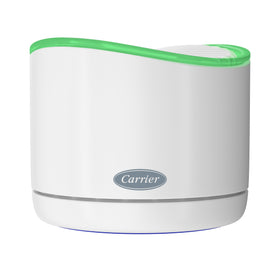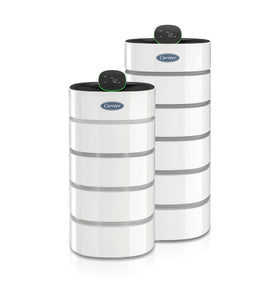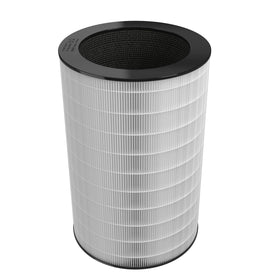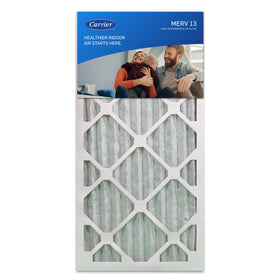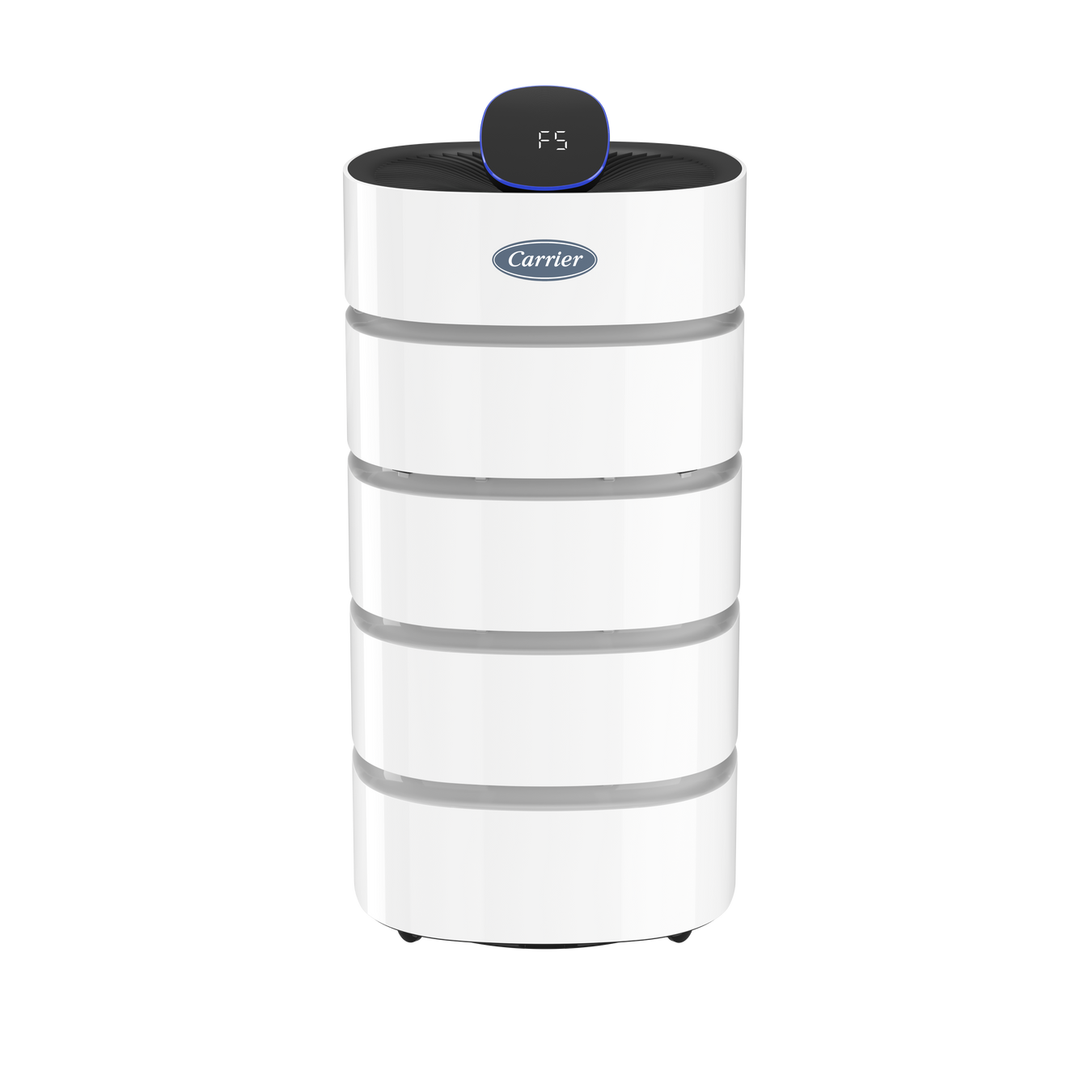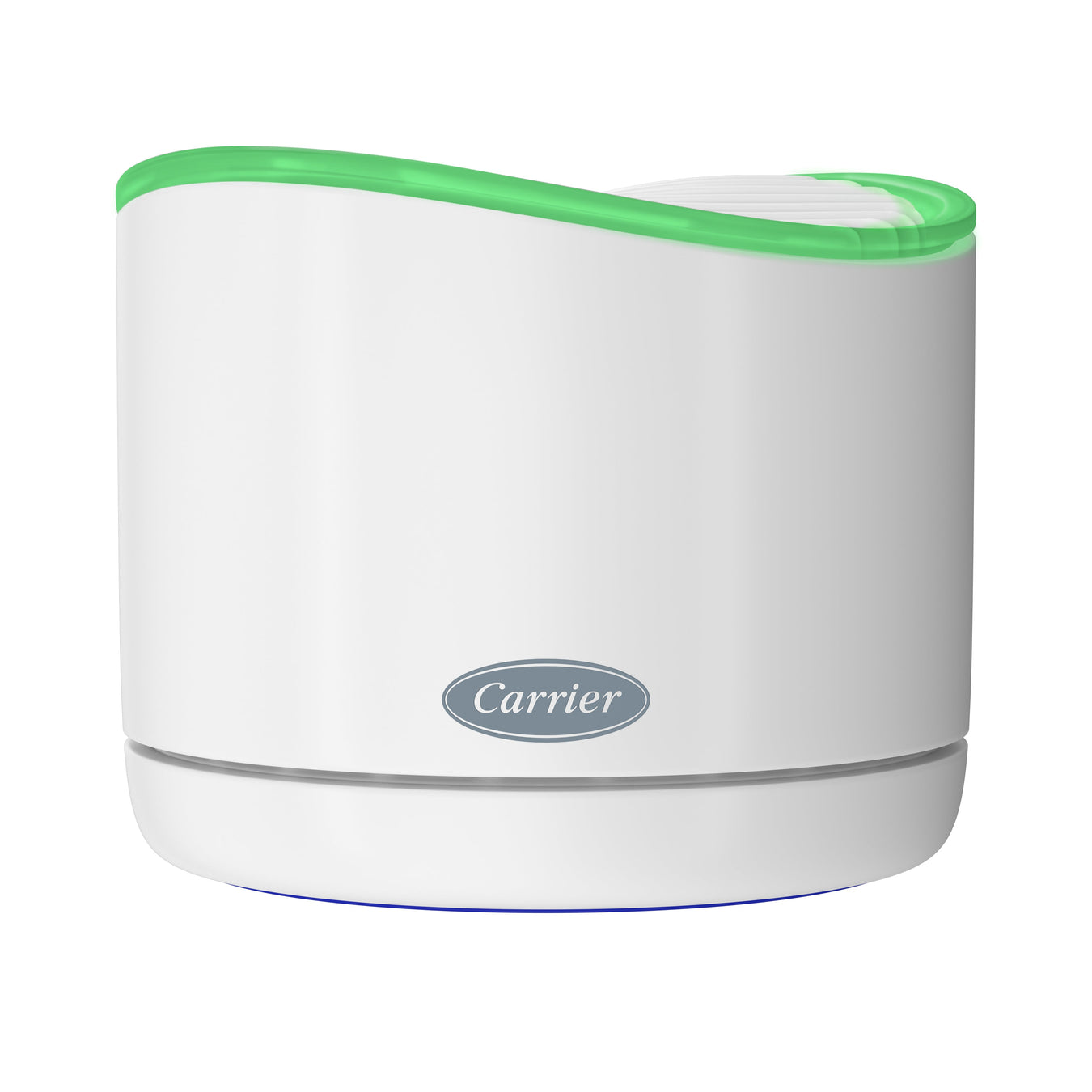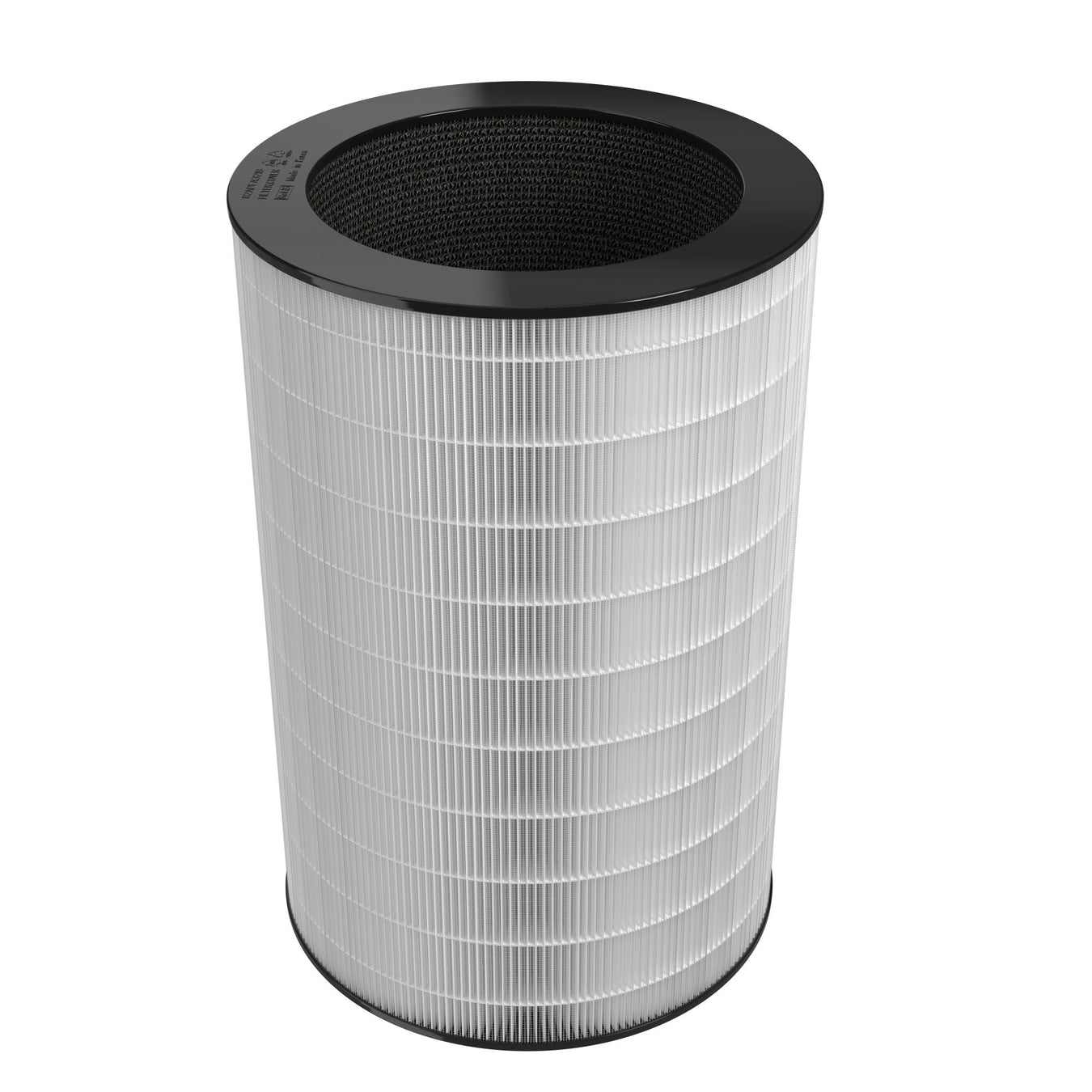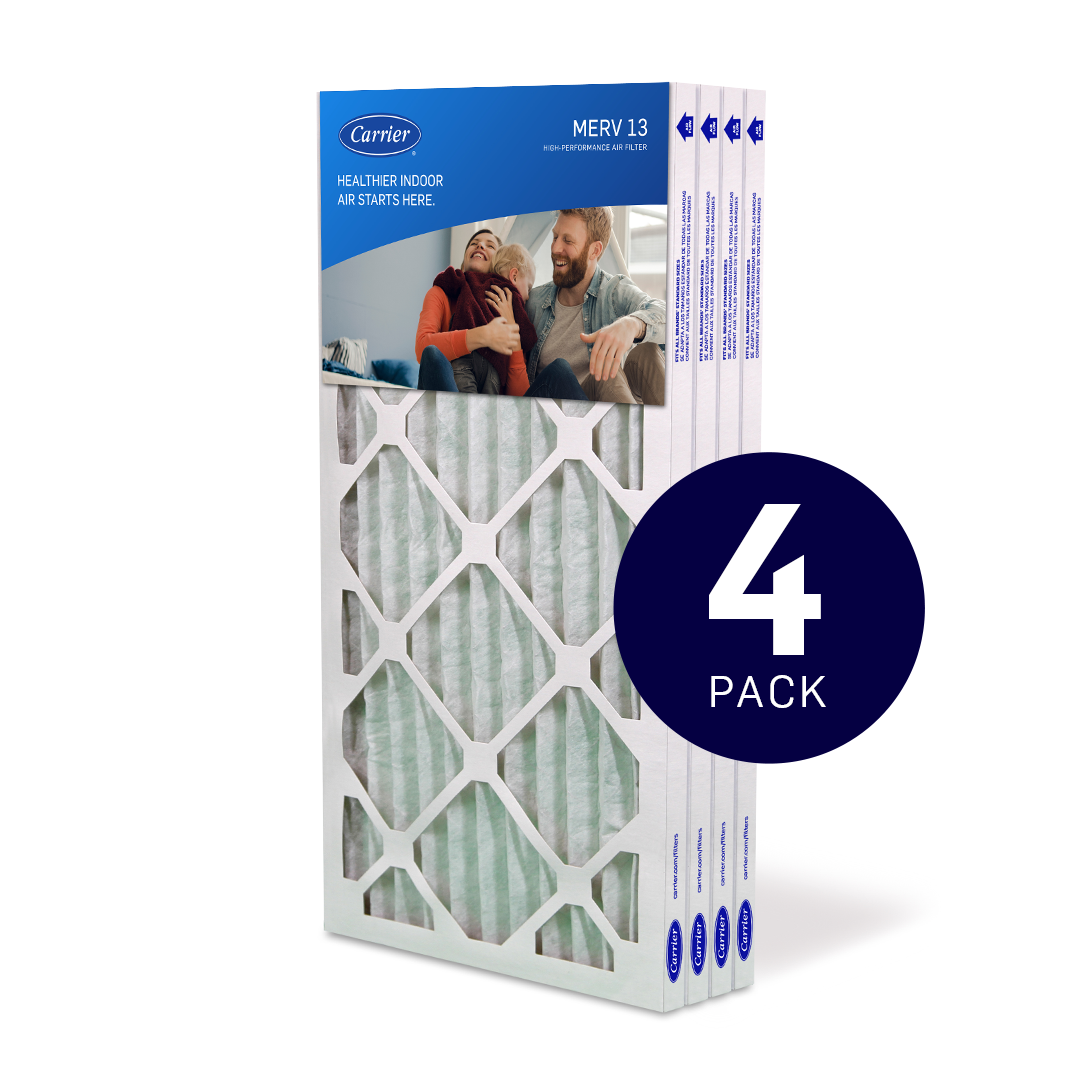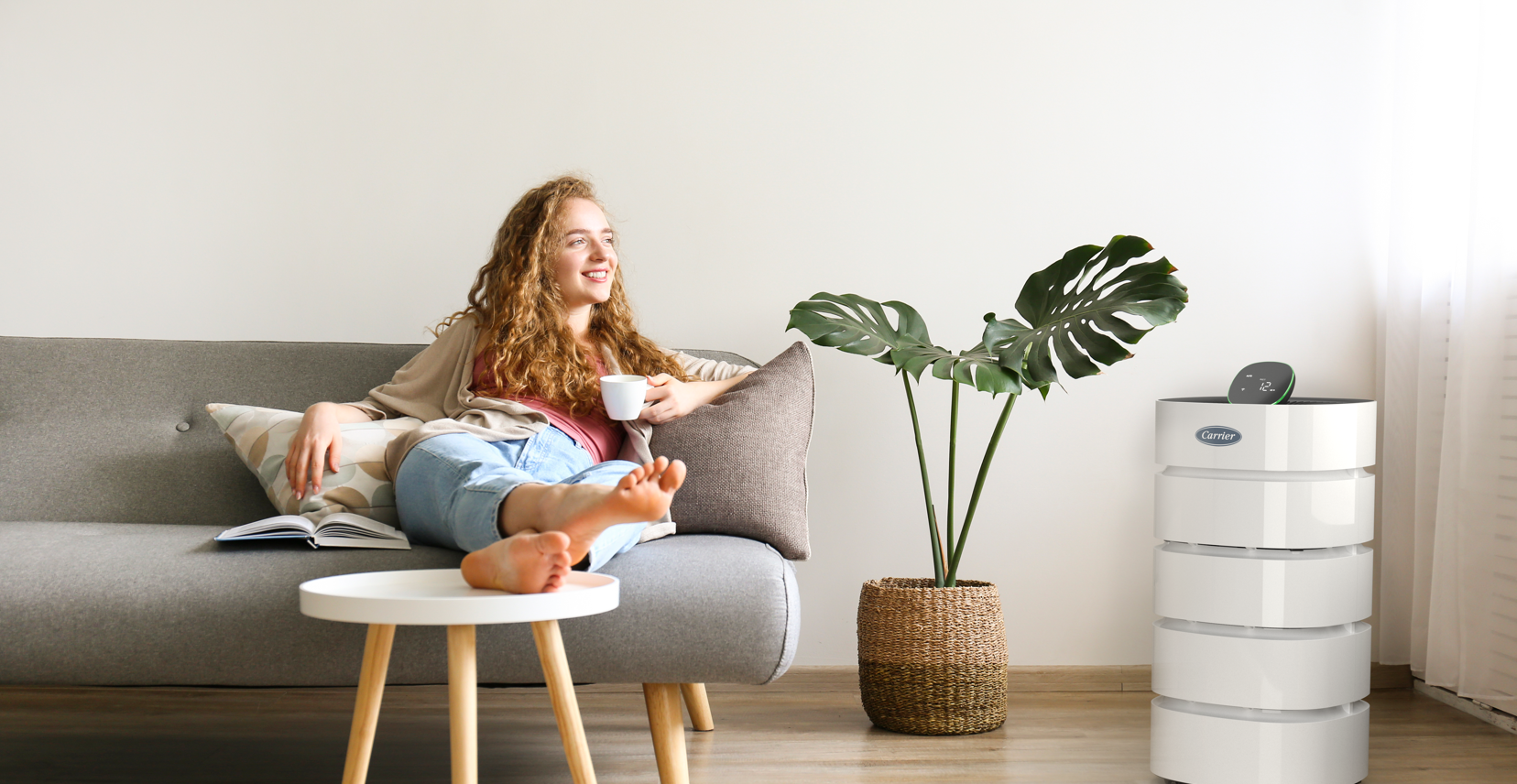
How Do Air Purifiers Work?
Sometimes, a trend can be a very, very good thing. Case in point: the increasing presence of air purifiers. Not long ago, you didn’t see many of them around except in certain hotels, restaurants, and luxurious homes. Times have changed and with them, air purifiers have not only gotten more common, but also more affordable. That’s good news for anyone looking to breathe cleaner, healthier air. But one lingering question remains: How do air purifiers work?
It’s a great question and we aim to answer it comprehensively below. In this piece, we’ll discuss how air purifiers work to purify the air and promote healthy indoor air quality. We’ll also show you how to purify the air in your home with step-by-step instructions. If you already own an air purifier, these tips will help you maximize the benefits and effectiveness of it.
So, how do air purifiers work? Simply put, air purifiers work by pulling in air from a given space and passing through a filtration system before circulating the filtered air back into the room. Some of the most popular air purifiers will include three levels of filtration. The first layer of the filter consists of a pre-filter which traps large airborne particles. The second layer of the filter often consists of a High Efficiency Particulate Air filter (better known as a HEPA filter). The HEPA filter captures 99.97% of particles 0.3 microns in size. The last layer of the filter is normally an activated carbon filter for odors and Volatile Organic Compounds (VOCs).
How to Purify the Air in Your Home
There are several methods to filter the air in your home. Would it surprise you to hear that the air quality in your home can be two to five times more polluted than the outside air?1 Opening windows and doors is a common way to help improve your indoor air quality. However, this method isn’t really purifying the air in your home but rather a form of ventilation that will replace your indoor air with potentially cleaner outdoor air. Another method to improve air quality would be to install an air filter as part of your HVAC system. An air filter can help filter pollutants like dirt, dust and pollen from the air that flows through your HVAC system.
Another method to “purify” the air in your home would be to reduce pollutants. Below are a few examples of ways to reduce pollutants so that they aren’t recirculated within the air inside your home:
- Regularly dusting and vacuuming with a HEPA filter
- Turning on exhaust fans above your kitchen’s gas stove
- Opening windows regularly,
- Limiting the use of candles,
- Adding air-cleansing plants and other natural air purifiers to your home
The last method would be to use an air purifier. But what type of air purifier works well? As mentioned above, an air purifier with three-levels of filtration is a popular solution.

Using an air purifier with three-levels of filtration that includes both a HEPA and an activated carbon filter is not only an affordable option, but a practical one that keeps on working to clean the air in your home, regardless of whether you’re on the couch watching a movie, at work or enjoying a much-needed getaway halfway across the globe.
Best Way to Purify Air in a Home
In our opinion, the best way to purify air in a home is to automate the process as much as possible. For most, that means purchasing and using an air purifier. But not just any air purifier will do the trick. As we previously discussed, one that employs three levels of filtration is a good choice. Also, one that is “smart” and can alert you to the need to change filters and that you can control from your smartphone is an even better option.
Since 1915, Carrier has been a leader in home air systems and our newest line of air purifiers come packed with features that will support cleaner, healthier air in a residential setting. When shopping for air purification products by Carrier, look for some of the following benchmarks: a high CADR (Clean Air Delivery Rate) number, a model that is powerful enough to purify the air in the given space, a HEPA filter and AHAM (Association of Home Appliance Manufacturers) certification.
Let’s break those factors down quickly.
- AHAM certification: The Association of Home Appliance Manufacturers (AHAM) works to set the standards for home appliances such as air purifiers. This certification means that the air purifier has been independently tested and rated so that you can better understand the efficiency of the product.
- CADR: The clean air delivery rate is a standard developed by AHAM and measures the volume of air filtered per minute by an air purifier and provides a separate score for tobacco smoke, pollen, and dust. Generally speaking, the higher the CADR number, the more effective the unit is at air purification. AHAM recommends the CADR rating of an air purifier to be at least two-thirds of your room’s area.2
- Coverage: An air purifier that is designed for a 200 square-foot room won’t cut in in a 500 square-foot room, so shop for one that meets or exceeds the size of your room.
- HEPA filtration: The Centers for Disease Control and Prevention (CDC) recommends using an air purifier with a HEPA type filter.3

Carrier air purifiers include an onboard air quality monitor that shows you in real time the quality of the air inside your space. They also come with smart features like Smart Auto Mode, which allows the air purifier to automatically adjust between 18 fan speeds based on the air quality level in the room. Indicators on the unit’s LED screen alert you when it’s time to change your air filter. Beyond that, you’re free to sit back and let your Carrier air purifier do the work.
How Do I Know My Air Purifier Is Working Properly?
So, how do I know my air purifier is working properly? There are a few simple steps you can take to ensure that it stays behind the scenes, working to help clean your air quietly and effectively.
Watch for these factors:
- When the air purifier is turned on, can you feel air flowing from the unit? Many air purifiers allow you to turn off the screen; however, that doesn’t mean the air purifier isn’t working.
- Whether the capacity of the air purifier model matches the size of the room it is in. For example, don’t place an air purifier specified for rooms up to 400 square feet in an 800 square foot room. You’ll want to pay attention to ceiling height as well (CADR is tested using 8-foot ceilings).
- Whether it runs constantly, which you generally want
- Whether the filters are being regularly changed, and/or if the model is being regularly maintained. Check the filter regularly, clean and replace as instructed by the user manual to ensure proper function.
- If you determine your air purifier isn’t working properly, contact the manufacturer.
If you are considering buying a new air purifier, shop our Carrier air purifiers. Ready to see which Carrier air purifier is right for your home?
You may also want to read:

